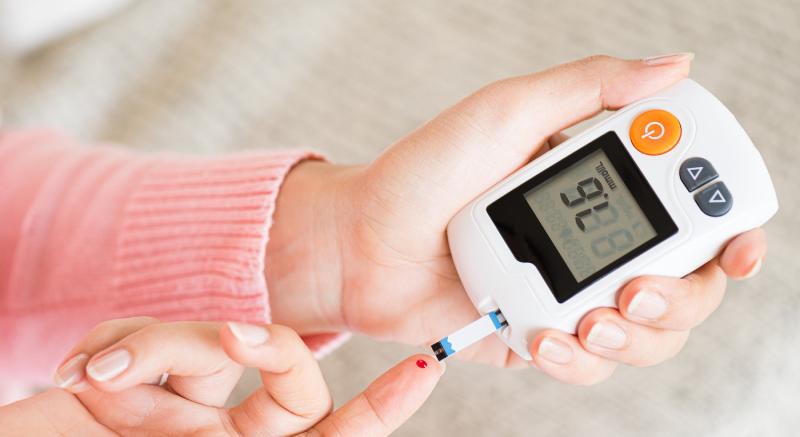Living with diabetes requires constant vigilance. Blood sugar levels fluctuate throughout the day, and keeping them within a healthy range is crucial for preventing complications. This is where your blood sugar meter becomes your knight in shining armor. It’s a small device with a big impact, empowering you to take charge of your diabetes management.
Understanding Blood Sugar and Its Impact
Imagine your blood sugar as the body’s fuel. Food gets broken down into glucose, which enters the bloodstream and provides energy for your cells. Insulin, a hormone produced by the pancreas, acts as a key, unlocking the cells to absorb glucose. In diabetes, either the body doesn’t produce enough insulin (type 1) or the cells become resistant to its effects (type 2). This disrupts the smooth flow of sugar, leading to high blood sugar levels.
Chronic high blood sugar can wreak havoc on your body, increasing the risk of:
- Heart disease
- Stroke
- Kidney disease
- Nerve damage
- Eye problems
The Power of Blood Sugar Monitoring
Here’s where your blood sugar meter steps in. By taking regular readings, you gain valuable insights into how your body reacts to different foods, activities, and medications. This empowers you to:
- Make informed decisions about your diet: Did that afternoon pastry spike your blood sugar? Monitoring can help you identify foods that trigger highs and adjust your diet accordingly.
- Plan your exercise routine: Exercise can lower blood sugar, but too much too soon can cause a dip. Monitoring helps you find the right exercise balance.
- Optimize your medication: Blood sugar readings guide you and your doctor in adjusting medication dosages for optimal control.
- Identify patterns and trends: Tracking your readings over time helps you and your doctor identify trends and adjust your management plan as needed.
Choosing the Right Blood Sugar Meter
With a vast array of meters available, selecting the right one can feel overwhelming. Here are some key factors to consider:
- Ease of use: Look for a meter with a clear display, large buttons, and simple test strip insertion.
- Accuracy: Accuracy is paramount. Choose a meter with proven reliability.
- Memory features: Some meters store readings, allowing you to track trends and share data with your doctor.
- Cost: Consider the meter’s price alongside the cost of test strips, which are an ongoing expense.
- Connectivity: Some meters connect to smartphones or computers, making data tracking and sharing even easier.
Beyond the Meter: A Holistic Approach
Remember, the blood sugar meter is a powerful tool, but it’s just one piece of the puzzle. A healthy lifestyle that includes a balanced diet, regular exercise, and stress management is vital for optimal diabetes management.
Partner with your doctor to create a personalized diabetes management plan that incorporates blood sugar monitoring and empowers you to live a long and healthy life.
Bonus Tip:
Consider adding a section on common blood sugar meter troubleshooting tips, like what to do if you get an error message or if the reading seems inaccurate.
The provided content covers the main points well, but here are some additional ideas to make the article even more informative and engaging:
- Visuals: Include images of different blood sugar meters and test strips to enhance understanding.
- Real-life examples: Share a brief success story of someone who effectively managed their diabetes with the help of a blood sugar meter.
- Future advancements: Briefly touch on the latest advancements in blood sugar monitoring technology, such as continuous glucose monitors (CGMs).
- Call to action: Encourage readers to discuss blood sugar meter options with their doctor and get started on a path to better diabetes management.
Remember, maintaining a conversational tone throughout the article will make it more engaging for readers.

 Diabetology2 weeks ago
Diabetology2 weeks ago
 Diabetology1 week ago
Diabetology1 week ago
 Diabetology5 days ago
Diabetology5 days ago
 Diabetology7 days ago
Diabetology7 days ago
 Diabetology7 days ago
Diabetology7 days ago
 Diabetology3 days ago
Diabetology3 days ago
 Diabetology3 days ago
Diabetology3 days ago
 Diabetology1 day ago
Diabetology1 day ago




